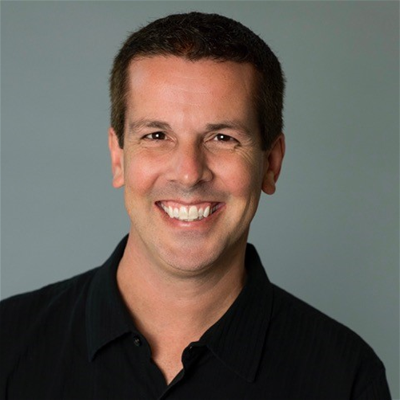
From a compliance standpoint and a better-for-all perspective, digital course content should be accessible and inclusive. In reality, however, making it happen requires a deep level of commitment and follow-through from IT, faculty and campus leadership. That’s a journey most colleges are still beginning. Brian Klaas, who has been working on issues of digital accessibility and inclusion for a number of years at Johns Hopkins University in Maryland, has found that “even when the IT team is on board, getting most faculty to take the time to create accessible content is like herding cats.”
Klaas, a longtime popular speaker at UB Tech®, is senior technology officer for the Johns Hopkins Bloomberg School of Public Health. His session, “Creating a Culture of Inclusion and Accessibility in Digital Environments,” will be held Monday, June 10, at 2 p.m.
One mistake made at Hopkins and elsewhere is thinking it’s enough to simply tell faculty that law requires accessible content and then they will do the work needed. The other major mistake often made is to believe that money will solve all the problems. “Money is part of the solution, but it’s not really the solution. You can keep throwing money at things and it’ll keep getting sucked up,” says Klaas.
Being reactive rather than proactive will make that problem bigger. “Somebody bangs on the door saying your website is not accessible. It’s much more expensive to fix your content and your culture after the fact,” he says.
Accessibility is about more than accommodating those who can’t hear a lecture or see a learning environment. Schools must also acknowledge different learning styles. “It’s not about addressing the problem from a big, thick legal policy prospective, but about universal design for learning,” says Klaas, adding that all students benefit from digital accessibility. “We don’t have that many students with accommodations in our online courses. Yet if the transcripts for lectures aren’t 100% accurate and available the day they go live, students are up in arms.”
Although the compliance checklist is long and “easy to get lost in,” says Klaas, administrators and faculty can put in place simple strategies to get an institution 90% of the way there.
Do not forget about experts in accessibility who are already on campus: disability support services staff. “They’re already addressing this in the on-campus environment. Now it’s our turn to be addressing this,” he says of IT and faculty who create digital content.
Unfortunately, faculty may balk if they don’t have students who need accommodations and see the effort from a legal perspective only. “When faculty treat students as potential legal adversaries in this discussion, everybody loses—the faculty, the students and certainly the institution,” Klaas notes.
But he has seen the culture at his institution change over the past five years, and as he will share at UB Tech, professors are realizing as they talk more about digital inclusion that it’s better for everyone. “It’s about being a better teacher and having better class environments,” says Klaas.
 He hopes attendees walk away from his session thinking about how they can build a network and infrastructure to help build digital accessibility and inclusion from both the grassroots and leadership perspectives. “Change is happening,” he says. “It’s slow to happen, but it does happen over time.”
He hopes attendees walk away from his session thinking about how they can build a network and infrastructure to help build digital accessibility and inclusion from both the grassroots and leadership perspectives. “Change is happening,” he says. “It’s slow to happen, but it does happen over time.”
Learn more about and register for UB Tech here.

